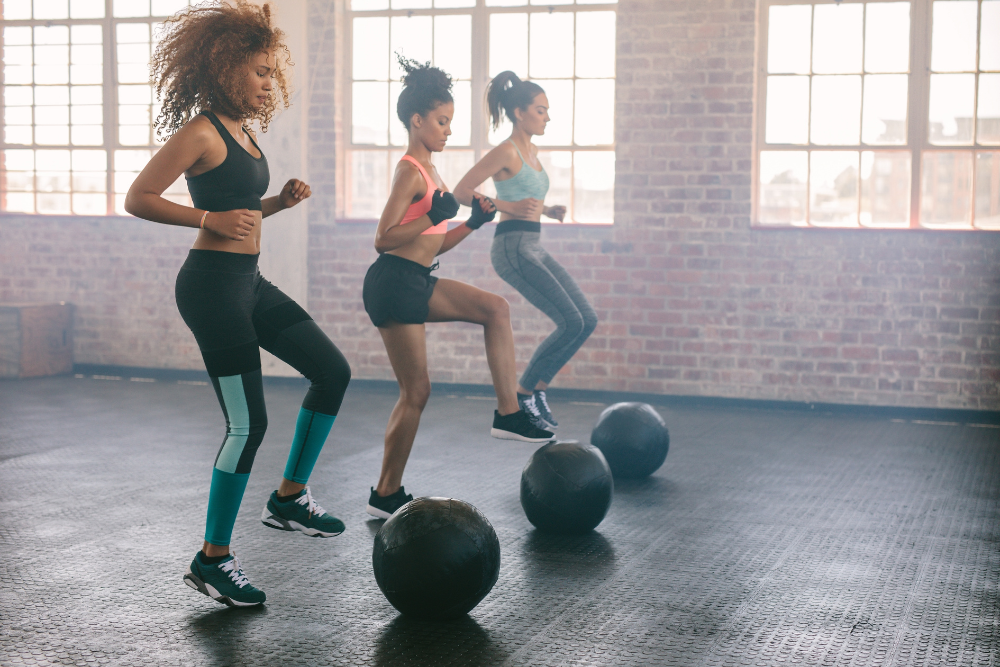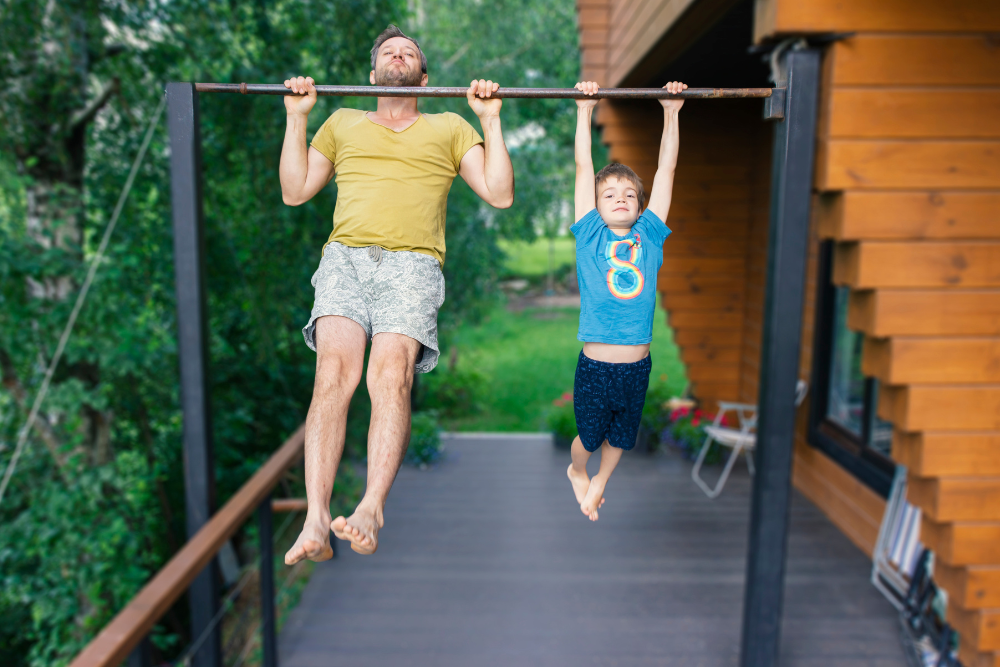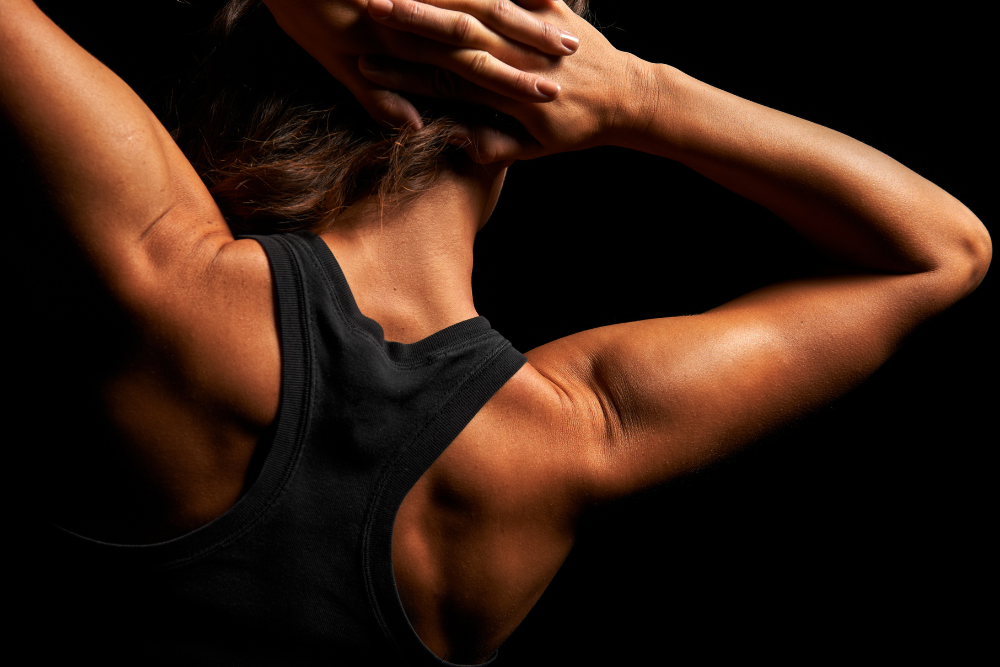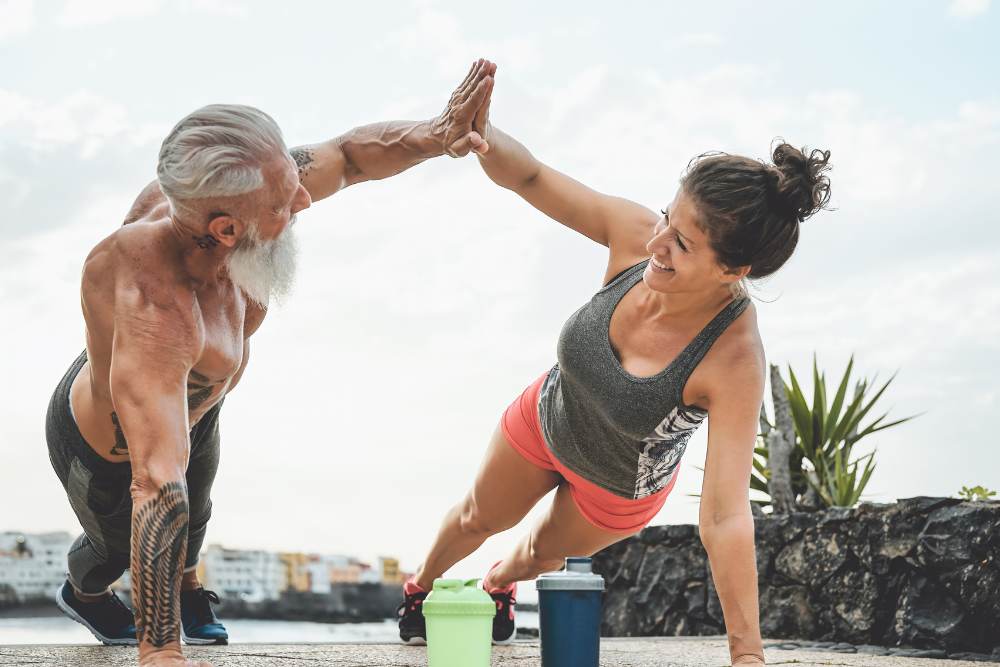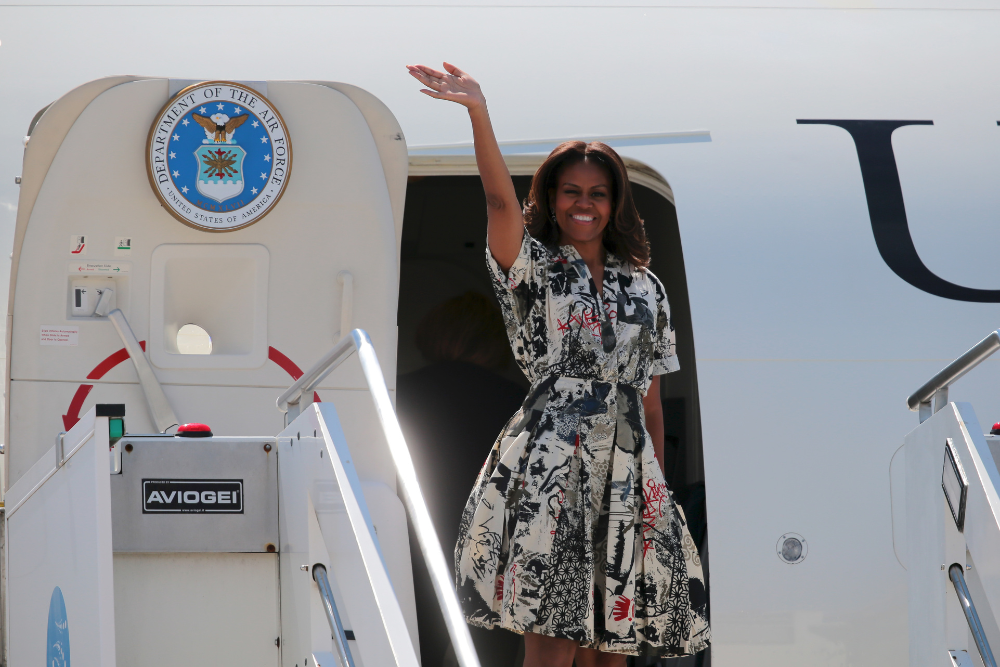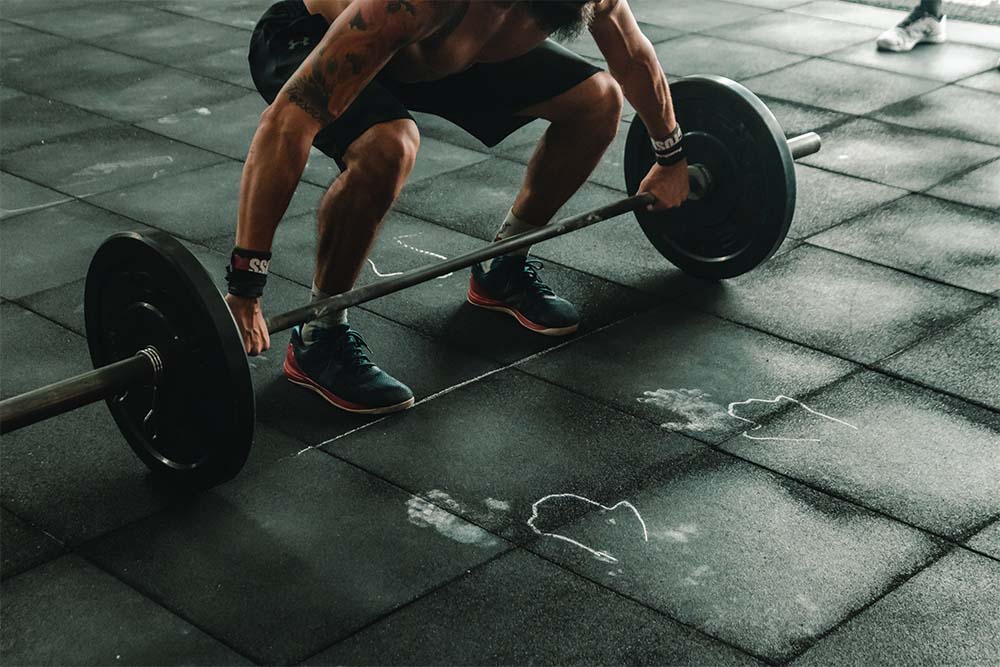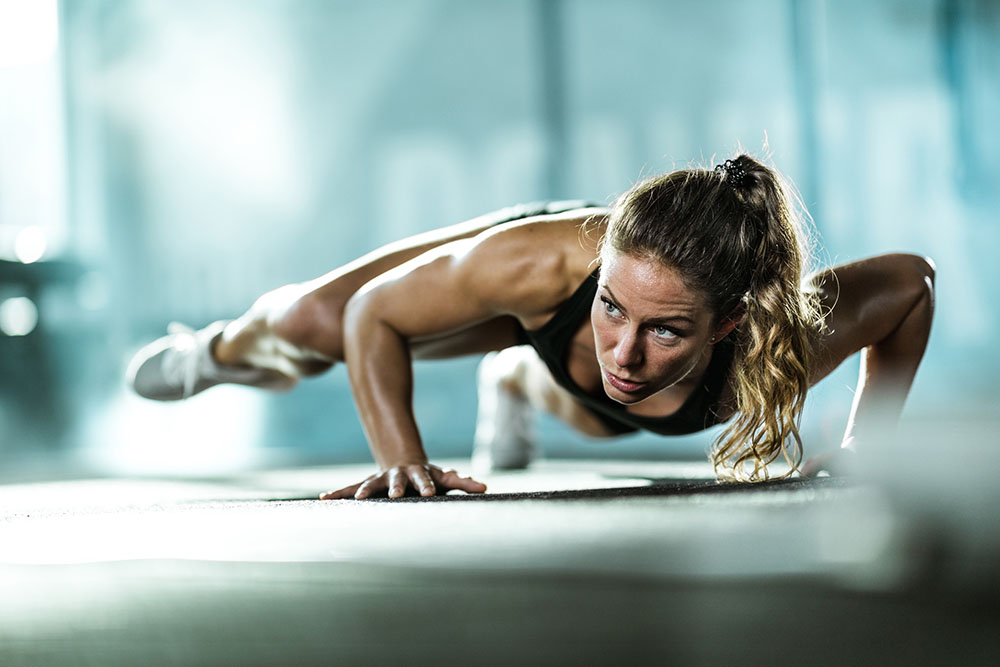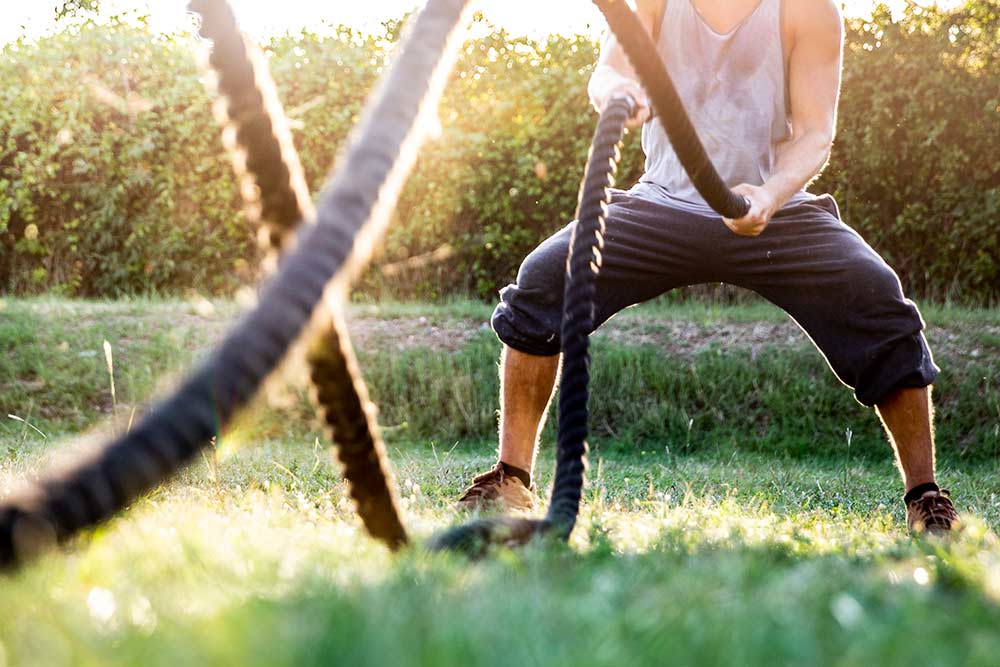Outrunning Negative Body Image: Body Identity In Female Athletes
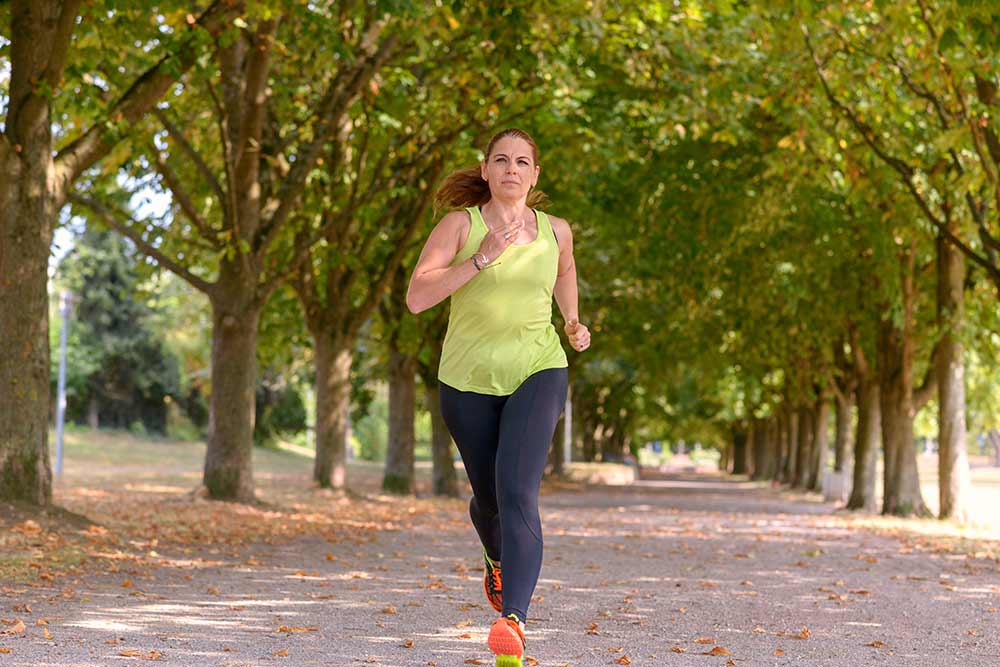
Hunter Bennett
In the modern day, we are so caught up in appearances. Society places so much emphasis on how we look, rather than how we feel and perform.
Really, is it no wonder that body image issues are increasing at an exponential rate?
Which is one of the many reasons as to why athletes are so amazing. Yes, their feats of performance are often beyond belief. The effort and dedication they apply to their craft is truly incredible.
No one will ever debate this.
But what I find truly amazing is the fact that they can stare into the face of society under immense scrutiny and train for performance – often irrespective of how it changes their appearance.
How they build a body that is designed to perform at the highest level, and not to look a certain way.
The way in which they flip body identity on its head.
But how does it get this way? And what can you do to do the same?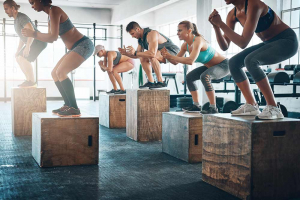
Related Article: Gender May Affect Exercise Motivation
Body identity in recreational and competitive athletes
The term ‘recreational athletes’ essentially describe those individuals who exercise regularly and at a high intensity but choose not to engage in competition. Conversely, competitive athletes are those who train to compete and strive to outperform other athletes.
Interestingly, there are some key similarities and differences between the two groups that need addressing – particularly regarding body identity (Roessler, 2018).
See, it doesn’t seem to matter whether you are a recreational or competitive athlete, as both exercises because it makes them feel good about themselves.
It creates a sense of accomplishment and provides an opportunity for them to do something entirely for them as an individual.
However, that is where the similarities stop.
Most competitive athletes like to look their best on race day, but for the purpose of improving their confidence so that they can perform their best. As a result, they care less about how their training makes their body look, as long as it allows them to perform.
Conversely, recreational athletes train not only because it makes them feel good, but also because it changes the way they look. They typically use exercise as a tool to both look and feel better, rather than to feel and perform better.
And this becomes more apparent when we start to look at exercise motivation.
Exercise motivation in women
As you would expect, exercise motivation for competitive athletes is predominantly performance focused. They want to improve their ability to perform through exercise, so that they can crush their competition.
While it makes them feel good, they have an overarching goal of becoming the best athlete that they can be.
Alternatively, recreational athletes appear to train for three key reasons:
- Improve their health
- Increase their function
- Boost their appearance
While they still place a premium on how they feel, they place more of an emphasis on appearance than competitive athletes. It makes sense when we consider the fact that they are not training for anything specific.
Female vs male athlete motivation
Now, you might be wondering whether exercise motivation differs between males and females – and as I am sure you can imagine, there are a couple of subtle differences (Molanorouzi, 2015).
In general, males are motivated to exercise by both a drive to master a sport or activity, and to satisfy their ego. As a result, they appear to be less motivated by factors relating to their appearance.
Just to be clear, this isn’t to say that males do not exercise to improve their appearance – because we know that this is not the case. It simply means that they are more motivated by these intrinsic factors than their female counterparts.
What lifestyle factors play a role in the development of exercise motivation?
When we take an in-depth look at the exercise motivation between competitive and recreational athletes, we can see some significant differences. But what is less clear is what helps develop exercise motivation.
However, research has shown that this may come down to two key factors:
- Parental influences
- Social influences
By looking at each of these in greater detail, we can gain an understanding of what may contribute to exercise motivation, and even what may drive someone to become a competitive athlete in the first place.
Do parental influences play a role?
First and foremost, let’s look at how parental influences act upon the development of exercise motivation.
Recreational athletes appear to remember their parents as caring, interested, and supportive regarding all their childhood athletic activities. To put it simply, they wanted their daughters to be active and healthy but didn’t really have any fondness for a specific sport.
Within this, their desire was not for their children to be successful in sport, but rather to participate and have fun.
Conversely, many competitive athletes have parents who are involved in the sporting club. They have knowledge of training schedules, certain disciplines, and ultimately the entire environment. These parents tend to be more engaged in the sport itself and are driven by their daughter’s success in that sport.
This drive may very well set the foundation for that drive to be the best that many competitive athletes share.
Do social influences play a role?
In a similar fashion, there are some marked differences in social influence between both recreation and competitive athletes.
See, in this manner, many competitive athletes describe a need to be well-liked. They often describe themselves as lonely children, where their sporting environment gave them an opportunity to fit in. This was often in stark contrast to their school environments, where they felt like outsiders.
They also expressed their need to be part of a training group, which allowed them to form a larger network of social relations. This provided further motivation for exercising.
To put it simply, sport gave them a place where they could both excel and fit in.
On the other hand, few recreational athletes reported feeling lonely at school – or having any other unhappy social phases during childhood, for that matter.
In fact, social factors appear to play almost no role in the development of recreational athlete’s exercise motivation. It would explain why many of them prefer to train alone and focus on their self.
Related Article: Muscular Potential: Men vs Women
Does exercise motivation influence other areas of your life?
The motivation to exercise is one that many of us understand, while it is also something that many struggles to find. But what if exercise motivation influenced other aspects of your life in a positive manner?
There is reason to believe that being motivated to better yourself through exercise can creep over to other areas of your life. That by developing the dedication required to change your body and improve your performance, you are more likely to be willing to work hard at your career.
And the research seems to agree (Kakinami, 2018).
There is evidence to suggest that those individuals who actively participate in more vigorous activity in their leisure time also experience more success in their career, and subsequently, achieve greater yearly earnings.
So, are successful athletes more likely to be successful in their careers?
Yes – because they are willing to work harder than the competition to better themselves in any way that they possibly can!
The role of narcissism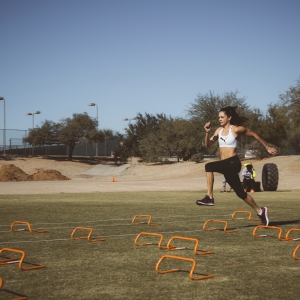
Last but not least, I wanted to touch on the role of narcissism.
Narcissism can be defined as ‘excessive interest in or admiration of oneself and one’s physical appearance’. It is believed to play a significant role in exercise motivation and body image in recreational and competitive athlete alike.
Recreational athletes tend to define exercise in a somewhat narcissistic way. They use exercise to find a balance between academic achievement and female identity. In this manner, they perceive exercise as a means to portray their identity as a strong, healthy, and capable woman.
On the other end of the spectrum, we have competitive athletes.
As they are so heavily driven towards sporting success, they tend to take less interest in having a perfect body. As a result, they focus heavily on external goals. For example, being able to compete at a certain level of competition, set a new personal best, or become a part of the national team.
They have a less narcissistic drive to exercise.
Take Home Message
Competitive athletes are incredibly unique, as they strive for an elite level of performance. As a result, their exercise motivation comes from a deep desire to succeed. They become the best athlete they can, rather than for the sake of appearance.
It is this defining trait that creates a stark contrast between competitive and recreational athletes.
And I believe that it is this ability to defy social expectations and flip bod image in its head that makes them so very impressive.
References
Roessler, Kirsten K., and Ashley E. Muller. ““I don’t need a flat tummy; I just want to run fast”–self-understanding and bodily identity of women in competitive and recreational sports.”. BMC women’s health 18.1 (2018): 146.
Molanorouzi, Keyvan, Selina Khoo, and Tony Morris. “Motives for adult participation in physical activity: type of activity, age, and gender.”. BMC public health 15.1 (2015): 66.
Kakinami, Lisa, et al. “The association between income and leisure-time physical activity is moderated by utilitarian lifestyles. A nationally representative US population (NHANES 1999–2014).” Preventive medicine 113 (2018): 147-152.
You Might Like:

